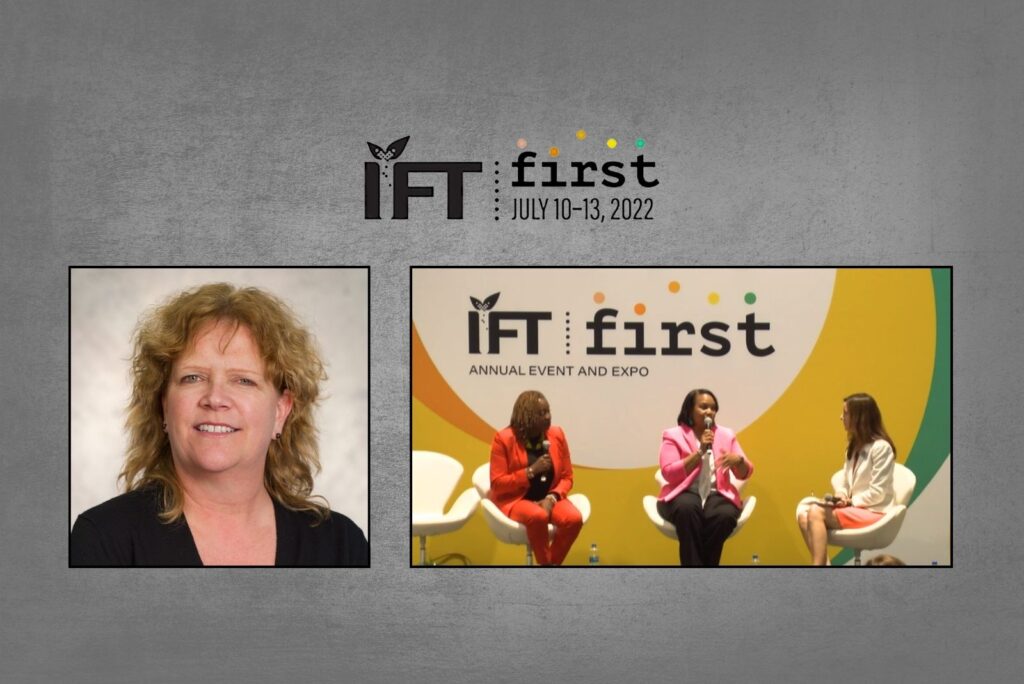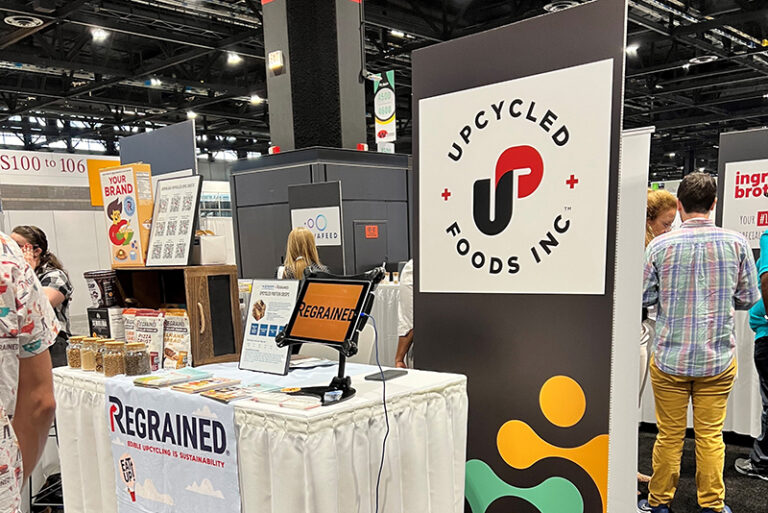CHICAGO — At the annual event and expo for the Institute of Food Technologists (IFT) — IFT FIRST — the topic of diversity, equity and inclusion (DEI) was front and center.
In a panel led on June 11 by Kate Dockins, SVP of membership experience at IFT, DEI leaders from several companies provided their insights on the application of DEI measures to their respective companies.
Panelists for “State of The Profession (Part 2): Unlocking Excellence through Inclusion in a Diverse Team” included Carla Kupe, gender and racial equity program director of YWCA Metropolitan Chicago and managing partner of CZL P.C.; Sherri Dublin, VP of DEI, communications and talent acquisition community of expertise, Ingredion; and Kristen Anderson, vice chair of European Women on Boards and former chief diversity and inclusion officer at Barilla, who joined the panel via Zoom.
When it comes to measuring the impact of implementing DEI into their organizations, Dublin noted that while different organizations introduce DEI in different ways, embedding the topic into the company’s engagement survey opens the door for communication.










